Qutub Minar, a UNESCO World Heritage Site, is a towering masterpiece of Indo-Islamic architecture located in Delhi, India. Standing majestically at a height of 73 meters (239 feet), it is a testament to the rich cultural heritage of the region.
Qutab Minar, Delhi
Constructed in the early 13th century by Qutb-ud-din Aibak and later developed by subsequent rulers, the minar is decorated with complicated carvings and poems from the Quran.
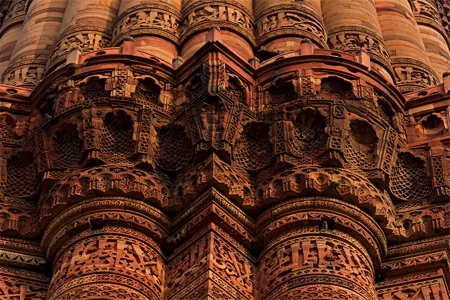
Its five different stories, each marked by elaborate balconies, reflect the evolution of architectural styles. Qutub Minar remains an iconic landmark, drawing visitors from around the world to admire its historical significance and architectural magnificence.
The following is important information about visiting Qutub Minar.
Click here to get location of Qutab Minar
Address : Seth Sarai, Mehrauli, New Delhi, Delhi 110030
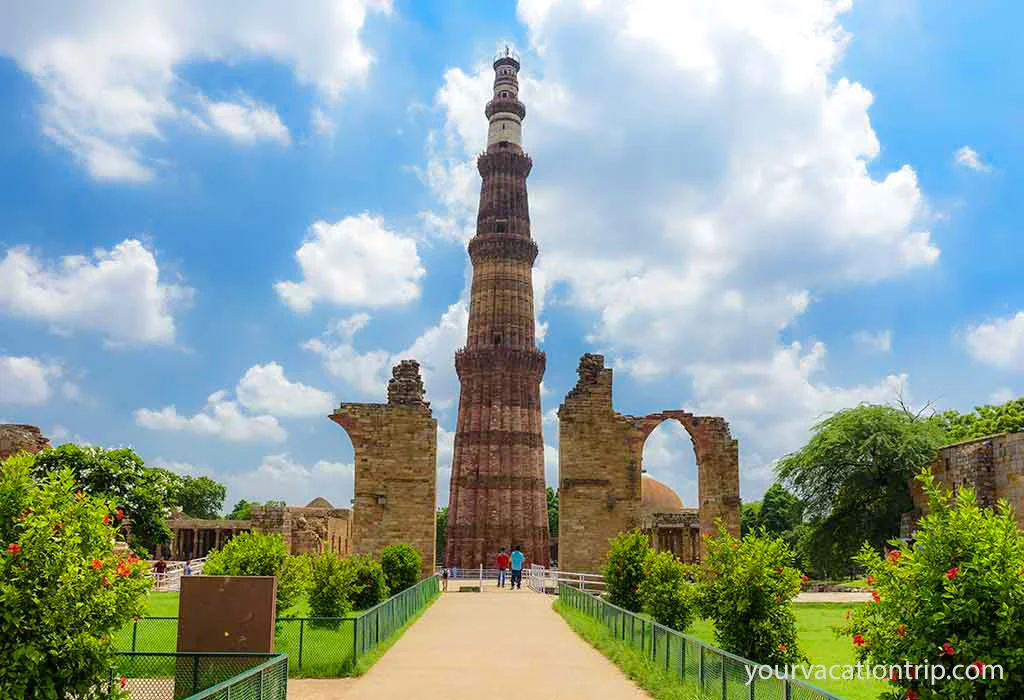
Timing And Entry Fee At Qutab Minar :
Everyday Open From 7:00 am – 5:00 pm
Entry Fees In Qutab Minar :
*Citizens of India and visitors of SAARC (Bangladesh, Nepal, Bhutan, Sri Lanka, Pakistan, Maldives and Afghanistan)
and BIMSTEC Countries (Bangladesh, Nepal, Bhutan, Sri Lanka, Thailand and Myanmar) –
- Rs.50 per head (Cash Payment)
- Rs.35 per head (Online Payment)
- Others: Indian Rs. 600/- per head (Cash Payment)
- Indian Rs. 550/- per head (Online Payment)
- (children up to 15 years free)
Facts About Qutub Minar
- Inscriptions and History: The Qutub Minar, built in the early 13th century, bear notes in Arabic and Nagari script that provide insights into its history. It was constructed by Qutb-ud-din Aibak and later completed by his successors. The tower was initially meant to commemorate a victory and the beginning of Muslim rule in India.
- Architectural Evolution: Qutub Minar’s five stories showcase a charming evolution of architectural styles. The lowest three stories are built in a traditional Indian style, while the fourth and fifth stories reflect a fusion of Persian and Indian influences, displaying detailed carvings and unique designs.
- Height and Dimensions: Standing at a height of around 73 meters (239 feet), the Qutub Minar is the tallest brick minaret in the world. Its diameter at the base is approximately 14.3 meters, narrowing to about 2.7 meters at the top.
- Lightning Strikes: Over the centuries, the Qutub Minar has been struck by lightning several times. In 1368, a major lightning strike caused significant damage to the top of the minaret. The damaged portion was rebuilt by Firoz Shah Tughlaq.
- The collapse of the Balcony: In 1803, a massive earthquake caused the top balcony of the Qutub Minar to collapse. It was later restored by Major Robert Smith of the British Indian Army, who also added a cupola to the tower.
- Muezzin’s Call: Historically, the Qutub Minar was used as a vantage point for the muezzin (a person who calls Muslims to prayer) to make the call to prayer. The top of the minaret provided an elevated location for the call to be heard over a larger area.
- Influence on Architecture: The Qutub Minar’s unique architectural features and designs have had a significant influence on following Indian and Islamic architecture in the region. Its style served as an inspiration for many other monuments and structures.
- Unfinished Minaret: Alai Minar, a tower intended to be twice the height of the Qutub Minar, was started by Alauddin Khilji but remained unfinished after his death. The current base and a few stories of Alai Minar can still be seen near the Qutub Minar.
- World Heritage Site: The Qutub Minar complex, including covering structures and the Iron Pillar, was designated as a UNESCO World Heritage Site in 1993 for its historical and cultural significance.
- Cultural Significance: The Qutub Minar stands as a symbol of Delhi’s rich history and cultural heritage, attracting visitors, historians, and architecture lovers from around the world.
Best Restaurants Nearby Qutub Minar
- Bukhara
- Indian Accent
- Varq
- Wasabi
- Hauz Khas Social
Nearby Attractions
- Dilli Haat
- Hauz Khas Village
- Khan Market
- Lodi Garden
- Red Fort
Qutab Minar Photo’s:
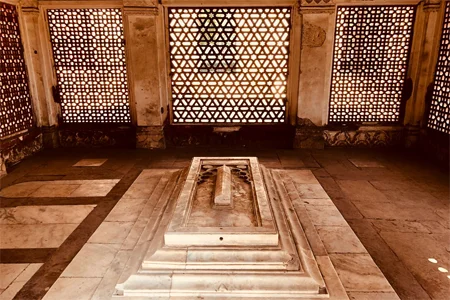
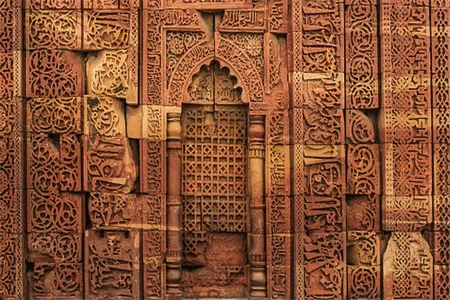

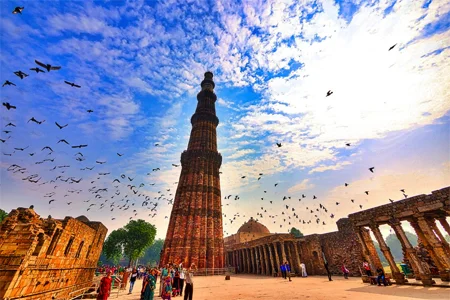
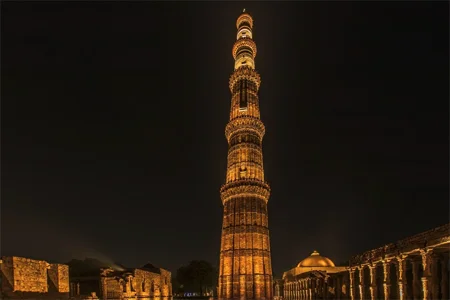
Trip Plan For Qutab Minar :
One of the most well-liked tourist destinations in the city, it is a UNESCO World Heritage Site. A route for visiting Qutub Minar is shown below.
Duration: Half Day
- Morning Arrival: Arrive at Qutub Minar early in the morning to beat the crowds and enjoy cooler weather. The site opens at 7:00 AM.
- Exploring the Qutub Complex: Start your visit by exploring the Qutub Complex, which includes not only the impressive Qutub Minar but also other historically significant structures like the Iron Pillar, Alai Darwaza, and the Quwwat-ul-Islam Mosque.
- Qutub Minar: Spend time admiring the intricate carvings and calligraphy on the Qutub Minar’s walls as you ascend its five stories. Take in the panoramic views of the surrounding area from the balconies.
- Iron Pillar: Head over to the iconic Iron Pillar, known for its remarkable rust-resistant metallurgy. Marvel at the pillar’s historical significance and its inscriptions.
- Quwwat-ul-Islam Mosque: Explore the ruins of the Quwwat-ul-Islam Mosque, one of the earliest examples of Indo-Islamic architecture. Admire the grand arches and intricate design elements.
- Alai Darwaza: Take a closer look at the Alai Darwaza, a striking entrance gateway, and appreciate its Persian-influenced design and stunning details.
- Photo Opportunities: Capture memorable photos of the stunning architecture and serene surroundings. The Qutub Complex offers numerous picturesque spots.
- Relaxation and Reflection: Find a quiet spot within the complex to relax and reflect on the historical significance of the site.
- Shopping and Souvenirs: Visit the local stalls and shops near the complex for souvenirs, handicrafts, and traditional Indian goods.
- Departure: By late morning or early afternoon, you can wrap up your visit to Qutub Minar. If you have more time, you can explore nearby attractions like Mehrauli Archaeological Park or plan a meal at a local restaurant to savor the flavors of Delhi.
Tips For Traveler
- The visitor access to the top of the structure is inhabited due to safety crises.
- The Qutub complex consists of a lot of structures to visit and will interest a lot of walking around.
- To counter the heat, wear a cap and bring water bottles.
FAQ About Qutub Minar
Visiting time of Qutab Minar?
visiting timings are from 7:00 am to 5:00 pm.
Can we allowed to enter in Qutub Minar?
No ! it’s no longer possible to climb up to the top of the Qutub Minar.
Which is nearest Metro Station from qutub minar?
Qutub Minar Nearest Metro Station around 2.2 Km
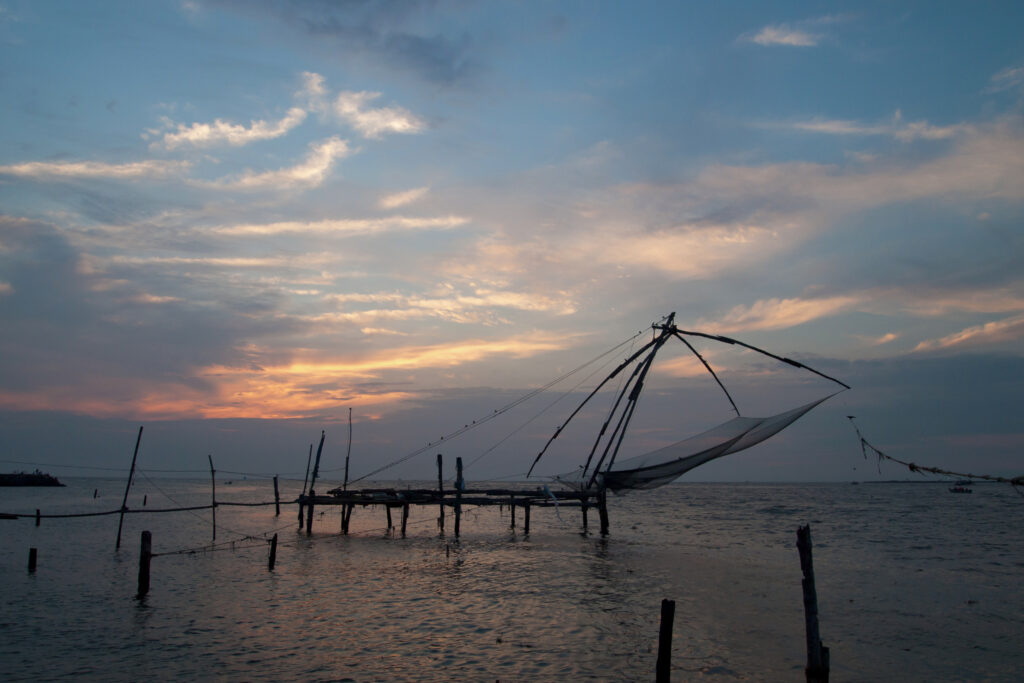

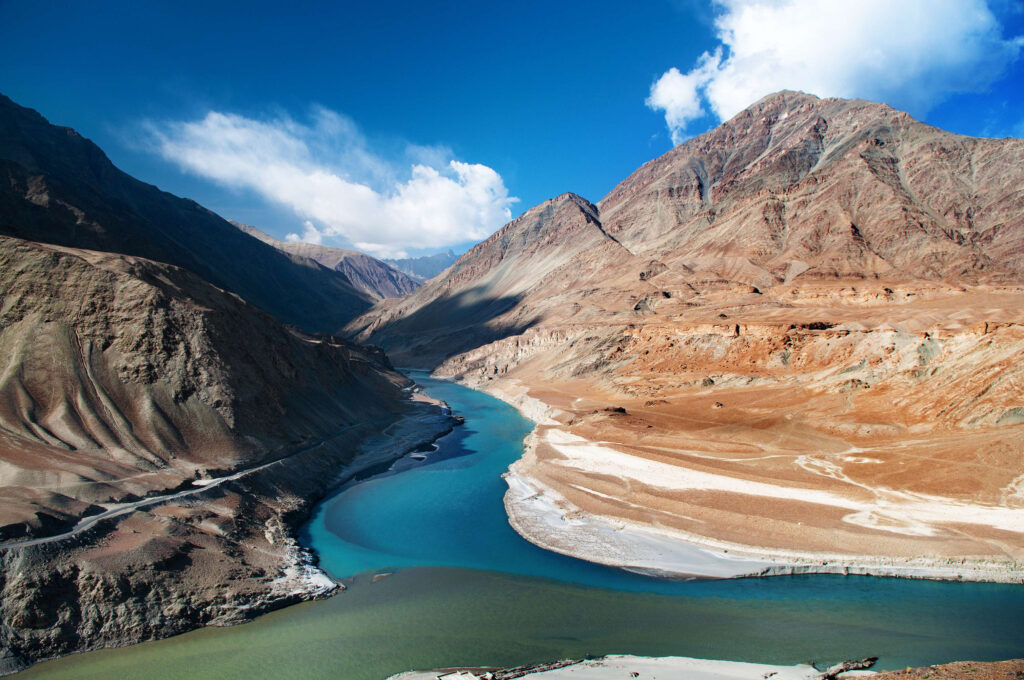

Hi
Thank you